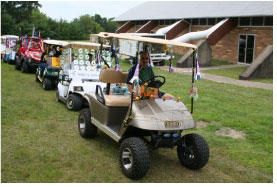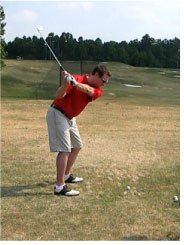Road accident: Injury compensation for cyclists
Cycling in the city: Good for the environment, good for your fitness, and sometimes a great way to beat the congestion in the morning rush hour. Nevertheless, city cycling can be hazardous and cyclists are particularly vulnerable sharing the road with much larger more powerful vehicles.
Thousands of cyclists are injured on the roads of the UK every year, sometimes fatally, and often through no fault of their own. Carefully following the rules of the road, and wearing appropriate safety gear and lighting should always be a priority if you are a cyclist, however accidents can still happen as a result of negligence on the part of other road users. If you are involved in a collision with another vehicle and it wasn’t your fault then you may be eligible to make a personal injury claim to compensate you for your injury and any financial losses that you incur.
If you are suffer a collision with a vehicle and you find yourself well enough to do so, you or someone acting on your behalf should exchange details with the other party, and note down as much information as possible regarding the nature of the collision. Photographic evidence can be particularly useful in establishing who was liable for the collision. If you are not well enough to take the details of the other person involved in the collision the police will usually do this for you.
If your claim is successful the amount of compensation that you receive for your injury will depend on a range of factors including the severity of the injury and the level of impact that it has had on your life as well as any financial losses that resulted from your accident.
The sooner you are able to begin the process of making a claim, the more successful it is likely to be. Making a compensation claim doesn’t have to be difficult or complex. If you’re wondering how to make a personal injury claim a specialist personal injury solicitor can help assess whether you are eligible, and proceed to guide you through the entire process, from obtaining the appropriate medical examinations to providing comprehensive legal advice.
A combination of the widespread introduction of inner city cycle lanes and increasingly congested roads across the UK have perhaps contributed to the rising popularity of pedal cycling. In spite of greater awareness on the part of motorists, the cyclist remains a very vulnerable road user. Protecting yourself should be paramount, but no matter what you do accidents may sometimes happen. If you sustain an injury through no fault of your own, making a personal injury claim can help you get the compensation that you deserve.
This post was written by John Hughes
P.S. If I may add to this informative article, in addition to wearing all the safety gear that protects from injuries, certain high-visibility stickers placed on the bicycle or helmet may help prevent an accident, as well.




